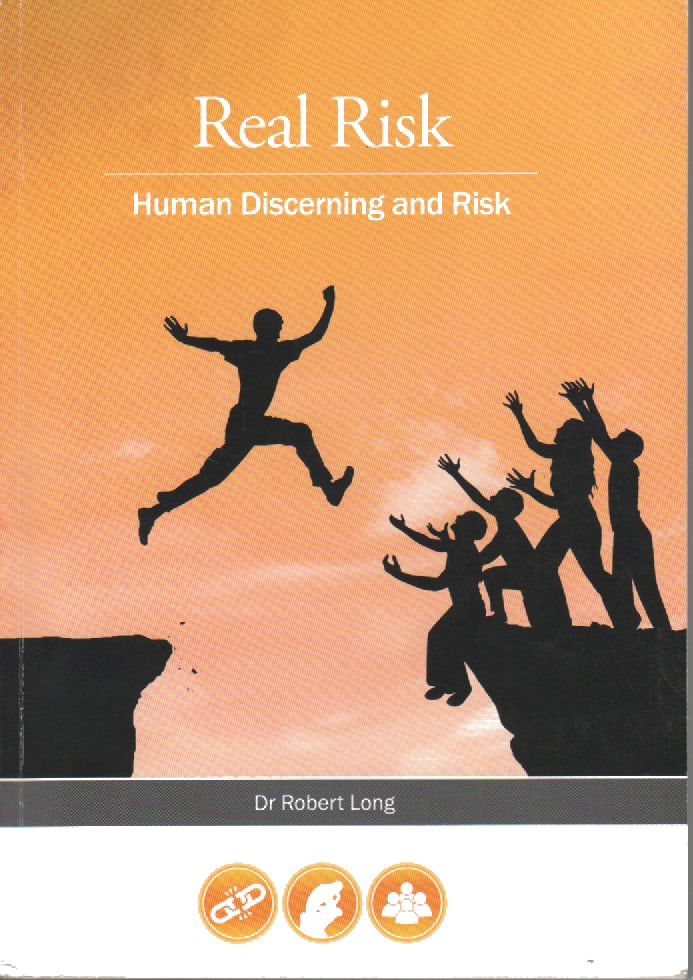Commenting on the Australian Government’s new employment services model, Anglicare provided a research paper, Beyond Supply and Demand, that referenced occupational health and safety (OHS) and so caught our attention. The report said:
“…job seekers may experience issues with the importance of getting to work on time, keeping the employer informed if they are unable to attend work, and the following of basic policies and procedures, such as those around occupational health and safety (Cortis et al., 2013). The research also identified that this lack of workplace knowledge leads to assumptions that recruits were lacking in work ethic or disinterested in the work.” (page 6)
The report goes on to discuss the social services context primarily but the OHS mention deserved following up. The research by Natasha Cortis, Jane Bullen, and Myra Hamilton states that employers often misunderstand new job recruits and although OHS is specifically referenced only in the mention of reporting accidents, the rest of the quote below should be noted by employers and safety professionals when preparing OHS communications to new workers. Continue reading “Investing in new and young workers can be tough but rewarding”

 It is very common to hear people say that the core motivation for introducing or improving workplace safety management is to cover one’s arse (to protect oneself from various legislative and reputational exposures), be that the collective arse of management, the board and executives or the arse of the individual worker. This is a fundamental misunderstanding of the intention occupational health and safety (OHS) laws and principles yet the fear of reputational damage is a strong motivator of change with which safety professionals should learn to work and, perhaps, exploit, particularly as the traditional methods for corporate embarrassment, the media, are declining.
It is very common to hear people say that the core motivation for introducing or improving workplace safety management is to cover one’s arse (to protect oneself from various legislative and reputational exposures), be that the collective arse of management, the board and executives or the arse of the individual worker. This is a fundamental misunderstanding of the intention occupational health and safety (OHS) laws and principles yet the fear of reputational damage is a strong motivator of change with which safety professionals should learn to work and, perhaps, exploit, particularly as the traditional methods for corporate embarrassment, the media, are declining.
 When people mention safety, they are often really talking about risk. In a similar way, people talk about the absurdity of ‘elf ‘n’ safety when they actually mean public liability or food safety or
When people mention safety, they are often really talking about risk. In a similar way, people talk about the absurdity of ‘elf ‘n’ safety when they actually mean public liability or food safety or